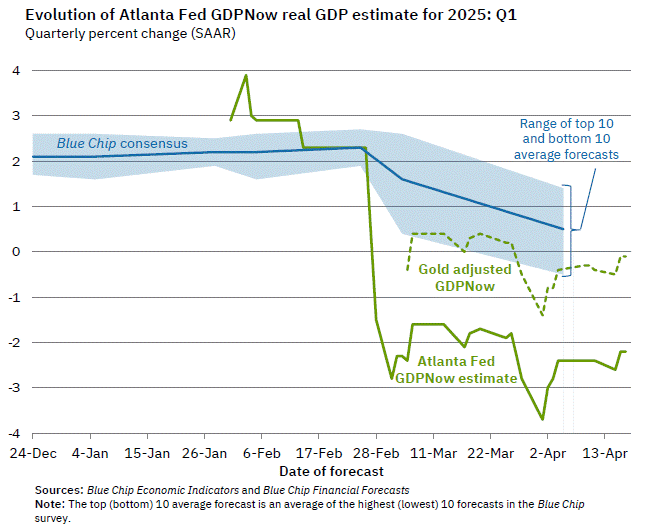MARKETSDisinflation in the United States is spreading like a gossip rumour at a high school reunion, affecting consumer and producer prices. The impact on market rates is clear: the 10-year Treasury yield hit a two-and-a-half-month low below 4.20% on Friday, and rates traders are now fully expecting two quarter-point cuts this year.This dovish stance contrasts with the Fed’s revised projections of just one cut this year, a position Minneapolis Fed President Neel Kashkari reiterated on Sunday. It’s like the Fed is saying, “Just one scoop of ice cream,” while the market is already eyeing a two-scooper.Falling U.S. yields could benefit Asian markets, but there’s a plot twist: a strengthening dollar might spoil the party. The dollar ended last week at a six-week high, and CFTC positioning data on Friday revealed that funds increased their long dollar positions for the first time in seven weeks.So, the U.S. dollar starts the week strong, especially against the yen. The Bank of Japan’s cautious stance on raising interest rates and reducing its balance sheet dragged the yen and Japanese bond yields lower. However, this might boost Japanese stocks on Monday, so it’s not all bad news in the Land of the Rising Sun.Meanwhile, Chinese stocks are having a rough time. The yuan fell to a seven-month low on Friday, and stocks hit their lowest in nearly two months. It’s like a financial soap opera over there. Beijing seems to be getting jittery. On Sunday, China’s securities regulator announced that it would crack down on short-selling activities and tighten the supervision of illegal share reductions by major shareholders of listed companies. In other words, they’re battening down the hatches to weather the storm.WEEK AHEAD The problem with a mid-week holiday, especially at the start of summer, is that Wall Street becomes a strategic game of “Who Can Nab the 5-Day Weekend?” Some folks take the early part of the week off, and those trudging back on Thursday are mentally still on a beach somewhere despite being physically present.But let’s not write off the week just yet. Contrary to popular belief, the U.S. market isn’t the only game in town. There’s plenty of action stateside, with retail sales and industrial production figures on the horizon. However, with Euro 2024 kicking off over the weekend, expect a mass exodus of European traders on holiday. For those still at their desks, brace yourselves for a month filled with football analogies.Recent softer inflation figures have rekindled the debate over monetary policy easing in the U.S., even though the Federal Reserve has scaled back its rate-cut projections from three 25bp cuts in May to just one last week. To say that data matters more than the Fed dot plot is an understatement. All eyes will be on Tuesday’s retail sales and industrial production release. Any signs of weakness could encourage sooner and deeper interest rate cut expectations.Economists surveyed by the media predict that nominal spending likely advanced 0.3% in the U.S. last month. Recall that April’s spending was tepid, suggesting consumers are getting more cautious about discretionary spending due to weak real household disposable income growth, exhausted pandemic-era savings, and high borrowing costs. Nonetheless, high-income households are still splurging, which might explain why the Atlanta Fed GDPNow tracker shows a robust 3.1% for Q2. That’s hardly sluggish; in fact, it’s well above trend. Anyone who bothers to tune in on Thursday will closely eye initial jobless claims. Last week’s report showed claims jumping to 242,000, the highest since August. The next release covers the NFP survey week for June. In addition to existing home sales, Friday brings flash reads on S&P Global’s monthly PMIs.But with summer holidays starting to dot the trading room calendars, it’s the clearest sign that summer trading conditions are rapidly approaching the macro horizon.More By This Author:
Anyone who bothers to tune in on Thursday will closely eye initial jobless claims. Last week’s report showed claims jumping to 242,000, the highest since August. The next release covers the NFP survey week for June. In addition to existing home sales, Friday brings flash reads on S&P Global’s monthly PMIs.But with summer holidays starting to dot the trading room calendars, it’s the clearest sign that summer trading conditions are rapidly approaching the macro horizon.More By This Author:
Rates Traders Are Now Fully Expecting Two Cuts This Year

